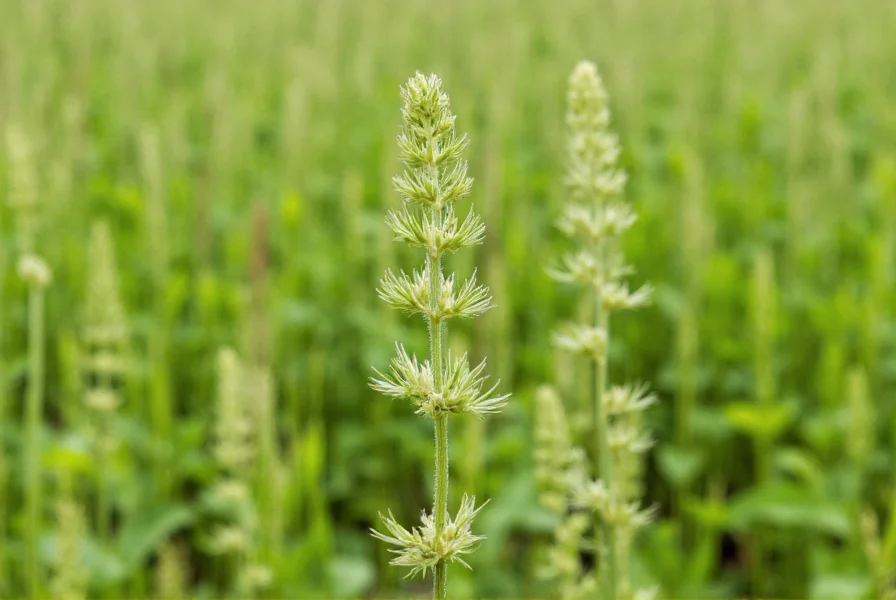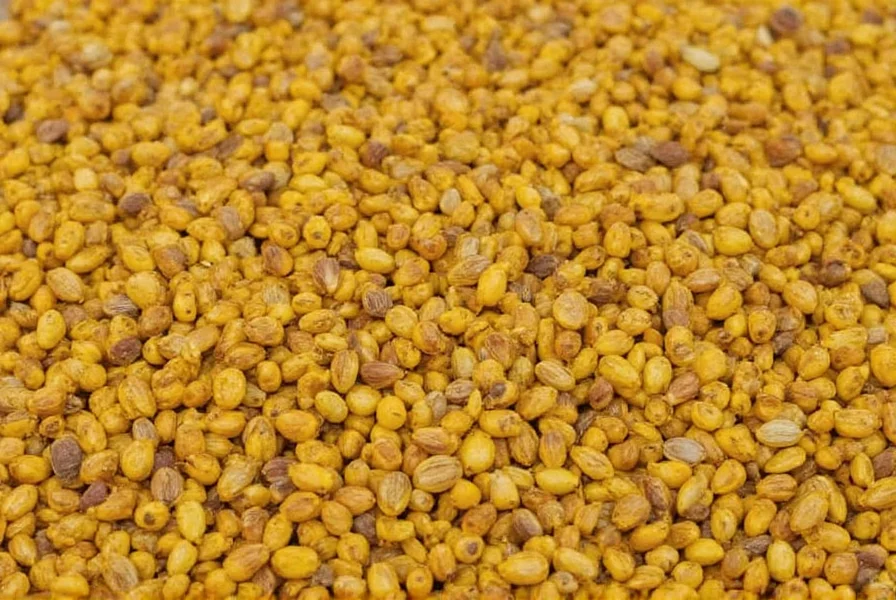Cumin (Cuminum cyminum) has journeyed from ancient Mediterranean fields to become one of the world's most widely used spices. This aromatic seed, with its distinctive earthy, warm flavor profile, has been seasoning foods and treating ailments for over 5,000 years. Understanding where cumin comes from reveals not just its geographical roots but also its remarkable journey through human history and global trade routes.
The Ancient Origins of Cumin
Archaeological evidence shows cumin was used as early as 5000 BCE in the eastern Mediterranean region. Seeds found in ancient Syrian and Egyptian sites confirm its early cultivation. Cumin appears in Egyptian hieroglyphics and was even discovered in the tomb of Pharaoh Tutankhamun, indicating its cultural and possibly medicinal significance in ancient Egyptian society.
The spice traveled along early trade routes to the Indian subcontinent, where it became deeply integrated into Ayurvedic medicine and regional cuisines. Ancient Greek and Roman texts document cumin's use both as a culinary ingredient and as a remedy for various ailments. Roman soldiers carried cumin on campaigns, believing it provided courage and strength.
Botanical Characteristics of the Cumin Plant
Cumin is an annual plant belonging to the Apiaceae family, which includes parsley, coriander, and caraway. The plant grows to about 30-50 cm tall and produces small white or pink flowers. The valuable part of the plant is its seeds, which form in elongated clusters.
The seeds themselves are crescent-shaped, about 4-6 mm long, with nine prominent ridges. When harvested and dried, they develop their characteristic warm, earthy aroma with subtle citrus notes. Cumin requires specific growing conditions: warm temperatures (25-35°C), well-drained soil, and moderate water—conditions found naturally in its native Mediterranean habitat and replicated in modern cultivation regions.

Modern Cumin Production Around the World
While cumin originated in the Mediterranean, production has shifted dramatically over centuries. Today's cumin cultivation follows specific geographical patterns based on climate suitability and agricultural expertise:
| Country | Global Production Share | Primary Growing Regions | Harvest Season |
|---|---|---|---|
| India | 60-70% | Gujarat, Rajasthan | March-April |
| Iran | 10-15% | Kerman, South Khorasan | May-June |
| China | 5-8% | Xinjiang, Gansu | June-July |
| Turkey | 4-6% | Ankara, Konya | June |
| Mexico | 3-5% | Chihuahua, Zacatecas | July-August |
India dominates global cumin production, with the western states of Gujarat and Rajasthan accounting for nearly 90% of the country's output. Indian cumin, particularly from the Gujarat region, is prized for its high essential oil content (3-4%) which gives it a more intense flavor compared to cumin from other regions.
Regional Variations in Cumin Flavor Profiles
Not all cumin is created equal. The terroir where cumin grows significantly impacts its flavor profile:
- Indian cumin: Strongest flavor with higher thymol content, giving it a more pungent, almost smoky quality
- Middle Eastern cumin: Slightly milder with more citrus notes, preferred for delicate dishes
- Mexican cumin: Often roasted before grinding, resulting in a deeper, more complex flavor
- Chinese cumin: Typically smaller seeds with a more floral aroma
These regional differences explain why recipes often specify "Indian cumin" or "Middle Eastern cumin"—the origin directly affects the final dish's flavor profile. Understanding where cumin comes from helps chefs and home cooks select the right variety for their culinary applications.
Cultural Significance Across Civilizations
Cumin's journey through human history reveals its deep cultural integration. In ancient Rome, it was commonly sprinkled on bread. During medieval Europe, cumin symbolized fidelity, and brides carried cumin seeds to ward off chickens (a symbol of----------
In traditional Indian medicine (Ayurveda), cumin has been used for digestive issues, respiratory problems, and as a general tonic. Middle Eastern cultures have long used cumin both in cooking and as a natural preservative. Mexican cuisine incorporates cumin prominently in spice blends like adobo, while North African tagines often feature cumin as a foundational spice.
How Cumin Production Has Evolved
While ancient cumin cultivation was small-scale and manual, modern production has become highly specialized. The shift from Mediterranean origins to current production centers reflects both climate suitability and economic factors. India's dominance in cumin production stems from generations of agricultural expertise, favorable growing conditions, and established supply chains.
Today's cumin farming combines traditional knowledge with modern agricultural techniques. Most commercial cumin is still harvested by hand to prevent damage to the delicate seeds, though some larger operations use modified machinery. Post-harvest processing has become more sophisticated, with careful drying and storage methods preserving the spice's volatile oils that give cumin its distinctive aroma.
Choosing Quality Cumin Based on Origin
When purchasing cumin, understanding where cumin comes from can guide your selection:
- For intense flavor in curries and robust dishes: Choose Indian cumin
- For Middle Eastern dishes like falafel or hummus: Opt for Syrian or Turkish cumin
- For Mexican cuisine: Look for cumin specifically labeled as Mexican
- For baking or delicate sauces: Consider lighter-flavored Iranian cumin
Whole seeds maintain their flavor longer than ground cumin—typically 3-4 years versus 6-12 months. To maximize flavor, lightly toast whole cumin seeds before grinding them for your recipes. This simple step enhances the essential oils and creates a more complex flavor profile that reflects cumin's rich geographical heritage.
Frequently Asked Questions About Cumin's Origin
Is cumin originally from India?
No, cumin is not originally from India. While India is now the world's largest producer of cumin, the spice actually originated in the eastern Mediterranean region, particularly areas that are now Egypt and Syria. Historical evidence shows cumin was used in ancient Egyptian civilization before it spread to the Indian subcontinent via trade routes.
What country produces the most cumin today?
India is the world's largest cumin producer, accounting for approximately 60-70% of global production. The western Indian states of Gujarat and Rajasthan are the primary growing regions, with Gujarat alone producing about 80% of India's cumin. Indian cumin is particularly valued for its high essential oil content, which gives it a stronger, more intense flavor compared to cumin from other regions.
How did cumin spread from its original region to other parts of the world?
Cumin spread through ancient trade routes, particularly along the Silk Road and maritime spice routes. It reached the Indian subcontinent around 2000 BCE, where it became integrated into Ayurvedic medicine and regional cuisines. Arab traders further distributed cumin throughout Africa and into Europe during the Middle Ages. Spanish and Portuguese explorers later introduced cumin to the Americas, where it became established in Mexico and parts of South America.
Why does cumin from different regions taste different?
Cumin's flavor varies by region due to differences in climate, soil composition, and agricultural practices—a concept known as terroir. Indian cumin tends to be more pungent due to higher thymol content, while Middle Eastern cumin has more citrus notes. Mexican cumin is often roasted before grinding, creating a deeper flavor profile. The specific growing conditions affect the concentration of essential oils in the seeds, resulting in distinct regional flavor characteristics.
Is black cumin the same as regular cumin?
No, black cumin (Nigella sativa) is a different plant species from regular cumin (Cuminum cyminum). Black cumin, also called kalonji, originates from Southwest Asia and has a more bitter, oregano-like flavor. Regular cumin comes from the Mediterranean region and has the characteristic warm, earthy taste most people associate with the term "cumin." The two spices are not interchangeable in recipes due to their distinct flavor profiles and culinary uses.











 浙公网安备
33010002000092号
浙公网安备
33010002000092号 浙B2-20120091-4
浙B2-20120091-4